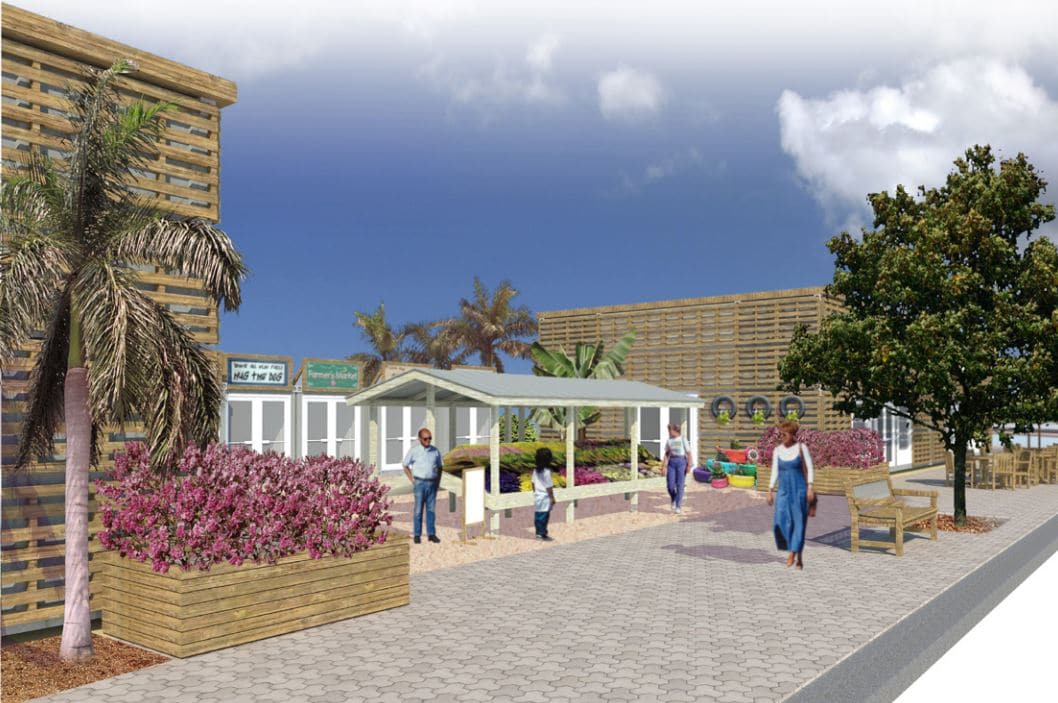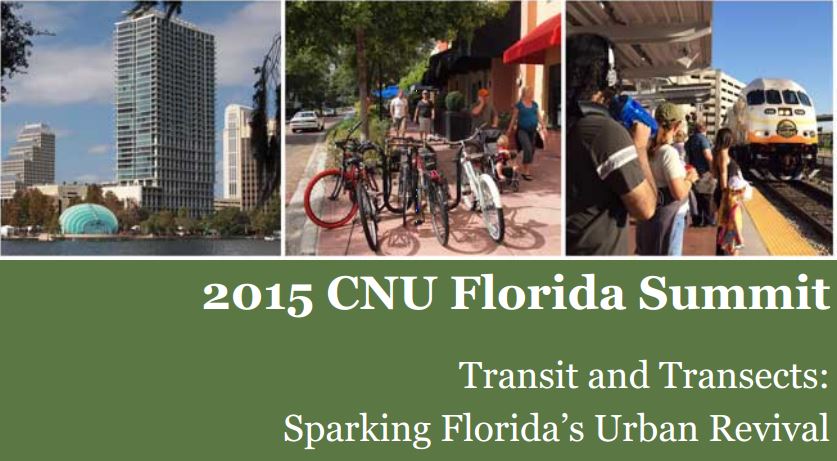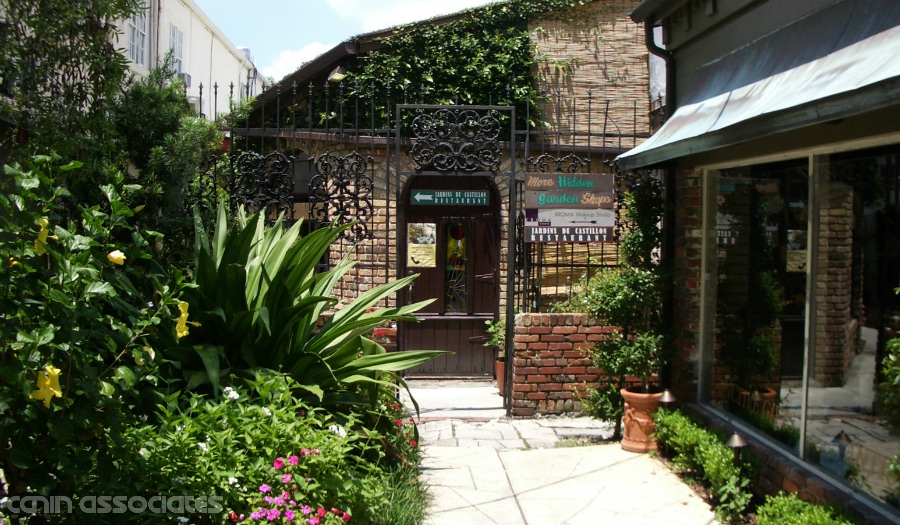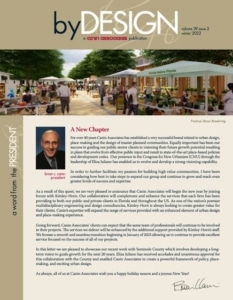Tactical Urbanism and Site Previtalization in New Communities
Tactical urbanism is often seen as a strategy for existing communities. However, brand-new master-planned communities can benefit from tactical urbanism, too. Through previtalization, a new Main Street can spring to life in an authentic and economically feasible way.
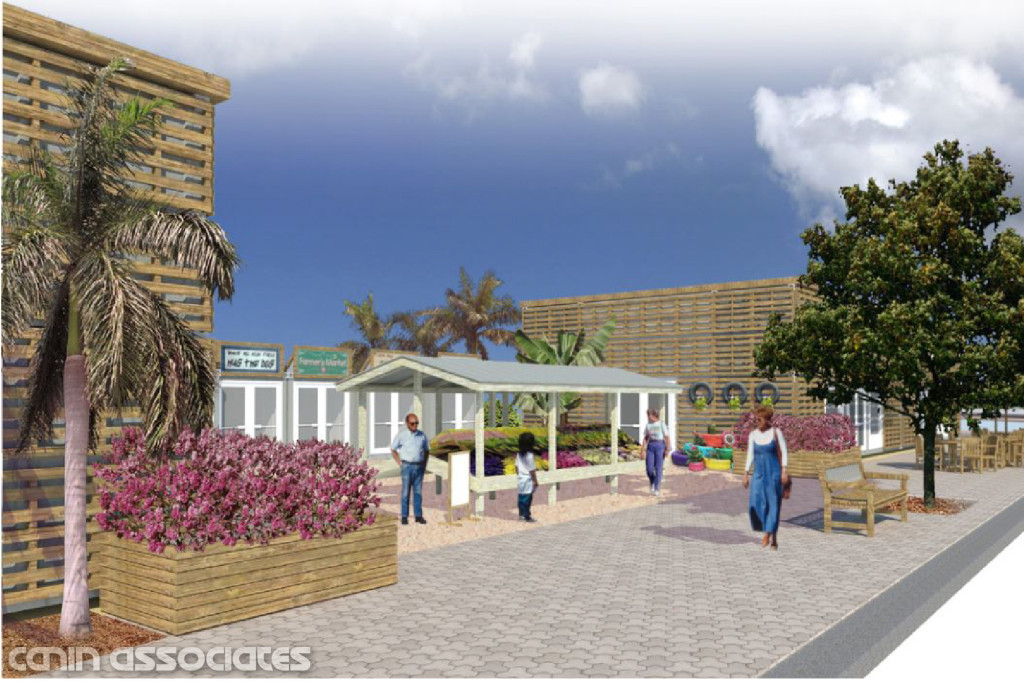
What is tactical urbanism?
Tactical urbanism is an umbrella term for a set of strategies to create or improve urban places incrementally. A hallmark of tactical urbanism is the use of lower cost, lightweight interventions. Communities implement these strategies as short-term measures with an eye towards establishing a track record of success.
As defined in the leading go-to guide, Tactical Urbanism 2: Short-Term Action, Long-Term Change (2012), tactical urbanism is a deliberate approach to community building that includes:
- A phased approach;
- Local ideas for local planning challenges;
- Short-term commitment and realistic expectations;
- Low-risk, with the possibility of a high reward; and
- The development of social capital between citizens, institutions, and non-profits.
What is site previtalization?
Tactical urbanists use site previtalization in the early stages of a community. The goal is to lay the groundwork for robust and authentic future developments by inhabiting the location of a future main street or civic space, incubating unique businesses, and/or bringing people together on the site. Different design tools and programming options provide a flexible approach to preliminary site activation.
The design tools for previtalization are varied. They range from prefabricated architecture (such as small cottages) to mobile vendors. Other indoor and outdoor spaces may be constructed on-site with recycled materials. For example, shipping pallets and containers can provide structural support. Tactical urbanists strategically organize these structures to create a semi-permanent business district.
Next, programming options attract residents to these new districts. Pop-up shops and open markets might happen daily, weekly, or monthly. Other efforts, including urban agriculture or temporary parks, occupy empty lots until they are ready for development. Often, previtalization efforts encourage retail micro-mixing (multiple businesses in the same space).
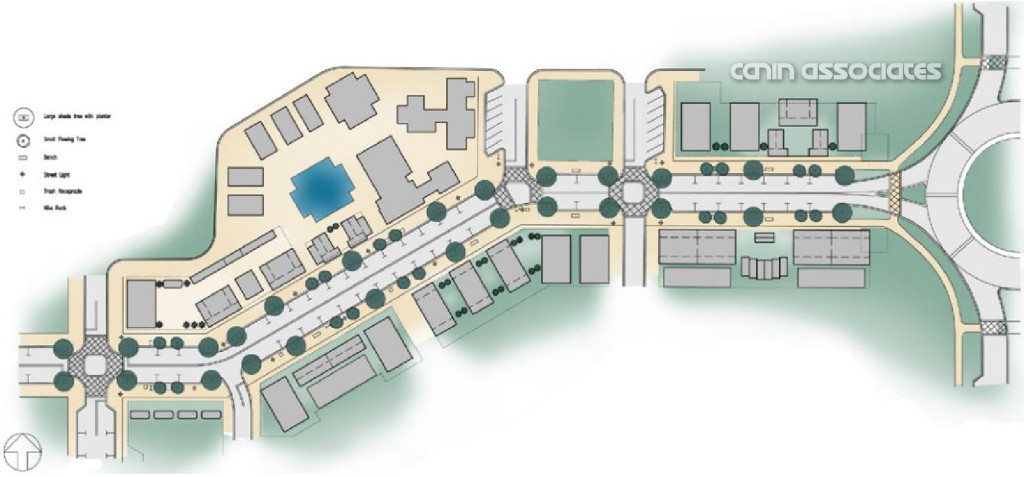
How is site previtalization applied?
Generally, a full build-out of a new community takes years or decades. Now, imagine if the energy and excitement of a new, master-planned community could be brought to life in a matter of weeks. Through site previtalization, communities can forge their identities and incubate businesses before permanent buildings arrive at the scene.
Previtalization has many benefits for emerging districts. First, phasing can roll out a development in an economically conscious way. Temporary stands or markets create a unique shopping district before permanent buildings are financially supportable. Second, this flexibility attracts business owners by giving them a chance to test their concepts and incubate businesses in a lower-risk environment. Lastly, and most importantly, previtalization in partnership with future tenants and potential residents seeds an authentic sense of community.

